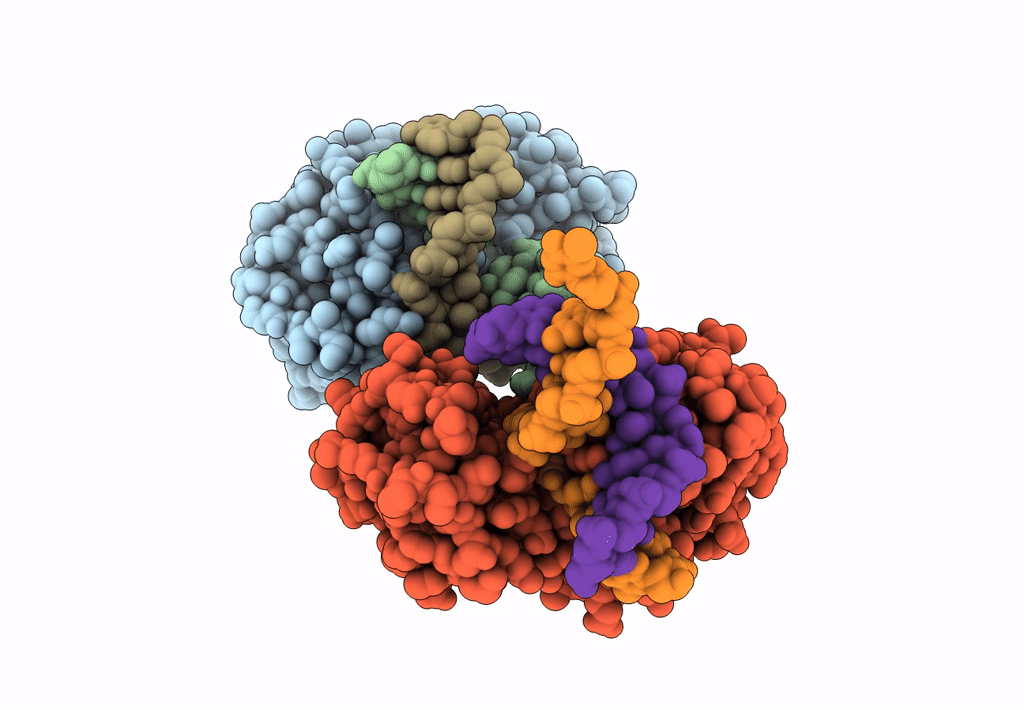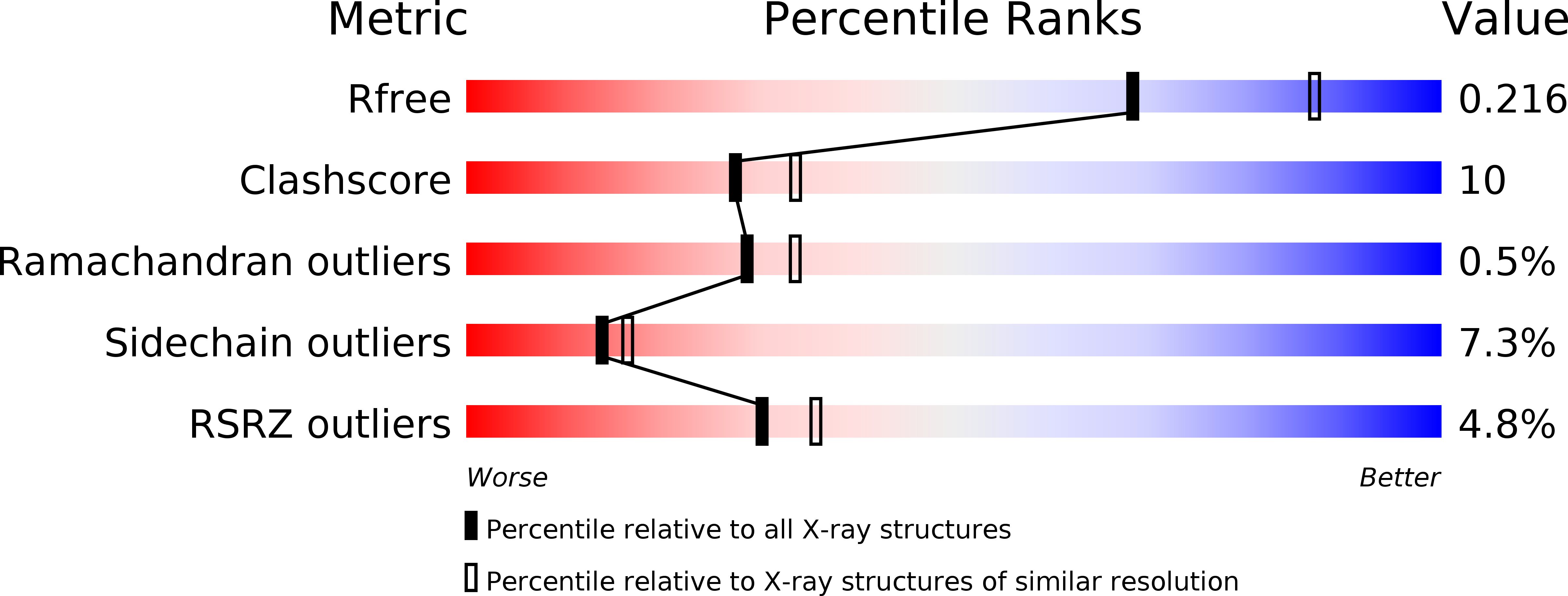
Deposition Date
2011-05-25
Release Date
2011-12-14
Last Version Date
2024-02-28
Entry Detail
PDB ID:
3S6I
Keywords:
Title:
Schizosaccaromyces pombe 3-methyladenine DNA glycosylase (Mag1) in complex with abasic-DNA.
Biological Source:
Source Organism:
Schizosaccharomyces pombe (Taxon ID: 284812)
Host Organism:
Method Details:
Experimental Method:
Resolution:
2.28 Å
R-Value Free:
0.22
R-Value Work:
0.18
R-Value Observed:
0.18
Space Group:
P 1 21 1


